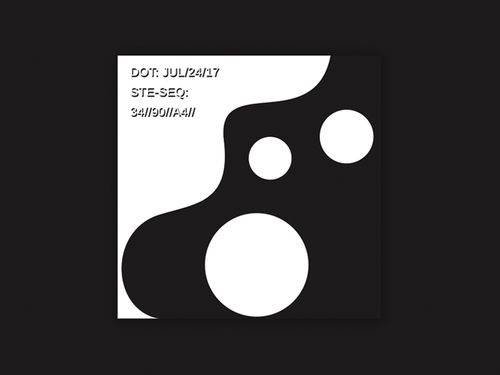
Understanding the Om Meaning in Buddhism
The “Om” is a sacred sound that holds immense significance in Buddhism. It is often considered the primordial sound from which all other sounds arise. In this article, we will delve into the various dimensions of the Om meaning in Buddhism, exploring its origins, symbolism, and its role in meditation and spiritual practices.
Origins of the Om Symbol

The Om symbol has its roots in ancient Indian culture, predating Buddhism. It is believed to be a representation of the universe and its creation. The symbol itself is composed of three parts: the A, U, and M sounds. Each of these sounds represents different aspects of the universe and its creation.
| Sound | Symbolism |
|---|---|
| A | Creation and manifestation |
| U | Preservation and maintenance |
| M | Transformation and destruction |
Together, these sounds represent the eternal cycle of creation, preservation, and destruction that characterizes the universe.
Symbolism of the Om in Buddhism

In Buddhism, the Om symbol represents the ultimate truth and reality. It is considered to be the sound of the Buddha’s voice, and its vibration is believed to have the power to purify the mind and bring about enlightenment. The Om is often used in meditation and prayer to focus the mind and invoke the presence of the Buddha.
Here are some key aspects of the Om symbolism in Buddhism:
- Universal Nature: The Om is a universal sound that transcends language and culture. It is believed to be the sound of the universe itself, and its vibration resonates with all living beings.
- Enlightenment: The Om is associated with enlightenment and the realization of the true nature of reality. It is believed that by repeating the Om, practitioners can purify their minds and achieve a state of inner peace and clarity.
- Connection to the Buddha: The Om is considered to be the sound of the Buddha’s voice, and its vibration is believed to bring the practitioner closer to the Buddha’s teachings and wisdom.
The Om in Meditation and Spiritual Practices

The Om plays a crucial role in meditation and spiritual practices in Buddhism. It is often used as a mantra, a word or sound repeated to aid in concentration and meditation. Here are some ways in which the Om is used in these practices:
- Mantra: The Om is often used as a mantra in meditation. By repeating the sound, practitioners focus their minds and cultivate a sense of inner peace and tranquility.
- Prayer: The Om is used in prayers and devotional practices to invoke the presence of the Buddha and express gratitude for his teachings.
- Chanting: The Om is often included in chants and rituals, serving as a unifying sound that brings practitioners together in shared devotion.
Conclusion
The Om is a powerful and multifaceted symbol in Buddhism, representing the ultimate truth, the cycle of the universe, and the path to enlightenment. Its use in meditation and spiritual practices helps practitioners focus their minds, cultivate inner peace, and connect with the divine. By understanding the Om meaning in Buddhism, we can gain a deeper appreciation for the rich tapestry of this ancient tradition.




